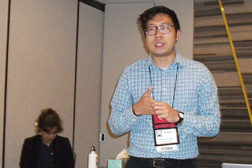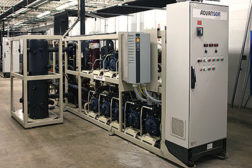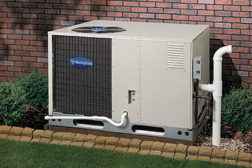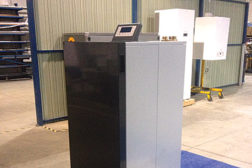Articles by Peter Powell
Properly Balancing the Ratio of Journeymen to Apprentices
Worker-Apprentice Ratio Varies Significantly Between U.S. and Canada
Read More
CO2 Refrigerant Use Sweeping into the US
More Supermarkets Utilizing Natural Refrigerant Systems
Read More
The Transactional Way to Efficient Refrigeration
Approach Being Studied by Oak Ridge, Energy Department
Read More
Intelligent Furnaces Meet Consumer Needs, Government Regulations
New Furnaces Embrace Variable-speed, Wireless Control Capabilities
Read More
Boiler Sector Embraces Modulation and Wireless Connectivity
Manufacturers Designing more Internet-enabled, Highly Efficient Units
Read More
Copyright ©2024. All Rights Reserved BNP Media.
Design, CMS, Hosting & Web Development :: ePublishing









